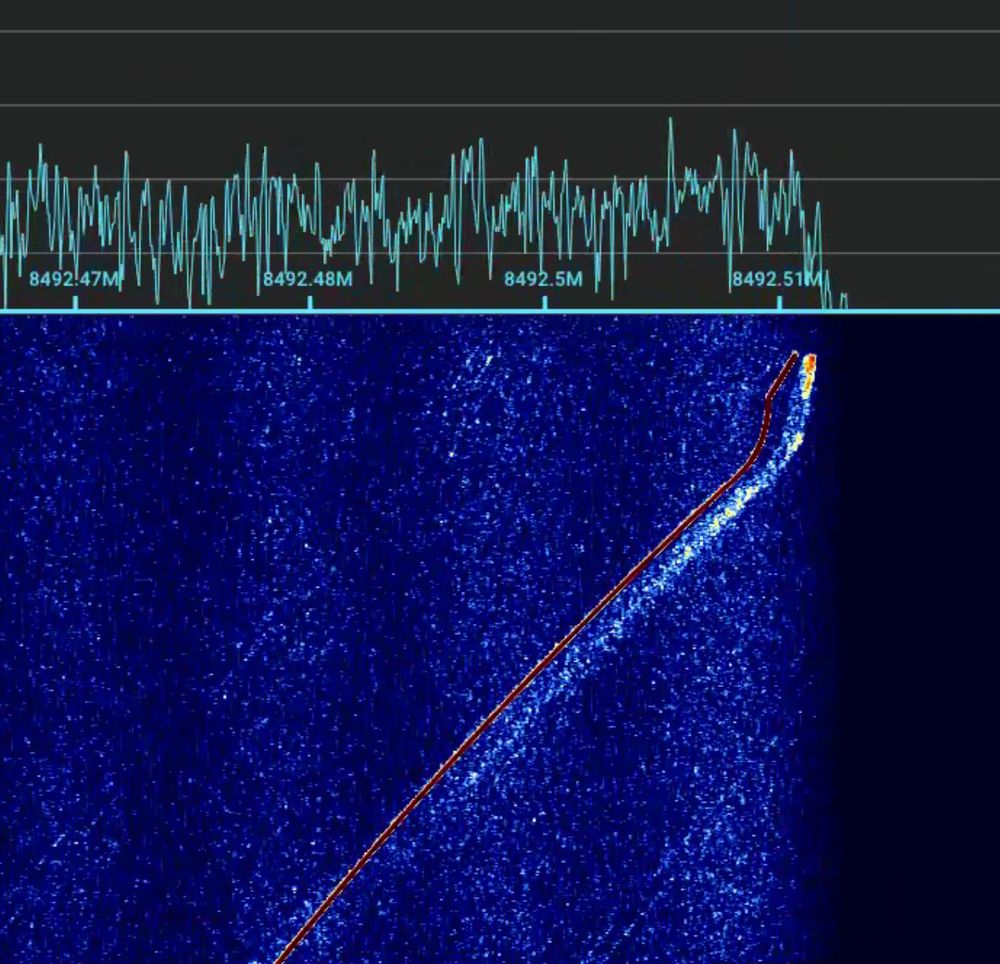
We lost HAKUTO-R M2 signal suddenly
05.06.2025 19:18 — 👍 16 🔁 3 💬 1 📌 0@telkamp.eu.bsky.social
Satellites, Radio Astronomy, SDR, Signal Processing, GPU. CTO Lacuna Space. Dwingeloo Radio Telescope.

We lost HAKUTO-R M2 signal suddenly
05.06.2025 19:18 — 👍 16 🔁 3 💬 1 📌 0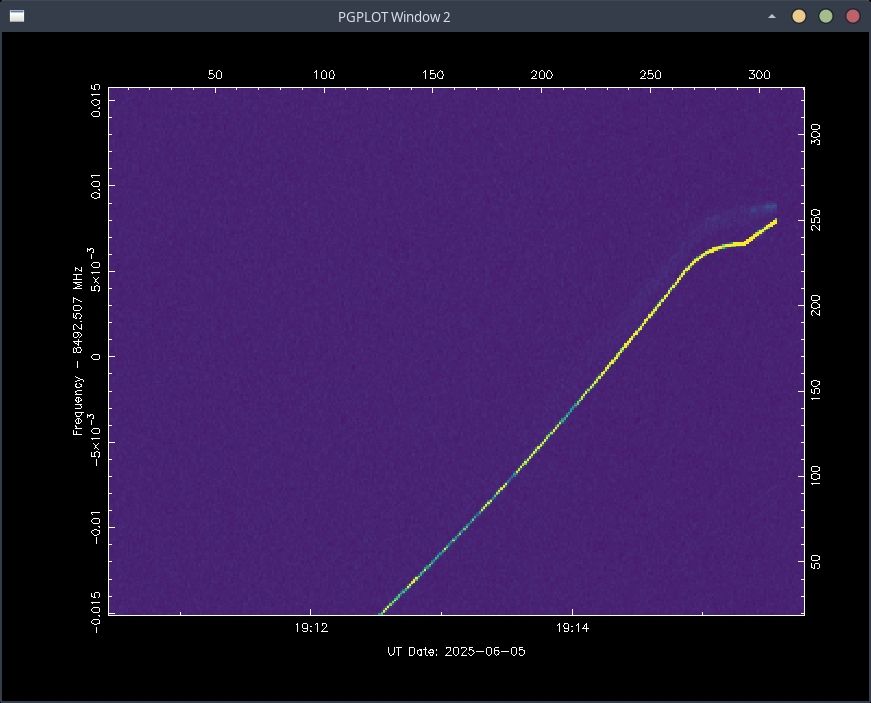
We have lost signal of Hakuto-R M2 Resilience! We saw the signal and its Lunar reflection close to each other before LOS, indicating that it was very close to the surface when the signal disappeared. Space is hard!
05.06.2025 19:19 — 👍 32 🔁 22 💬 2 📌 0
H116⍺ RRL as measured in Dwingeloo.
Measuring Radio Recombination Lines (RRL) with the Dwingeloo telescope (@radiotelescoop.bsky.social), in the Omega Nebula (M17/W38).
25.05.2025 14:08 — 👍 6 🔁 3 💬 1 📌 1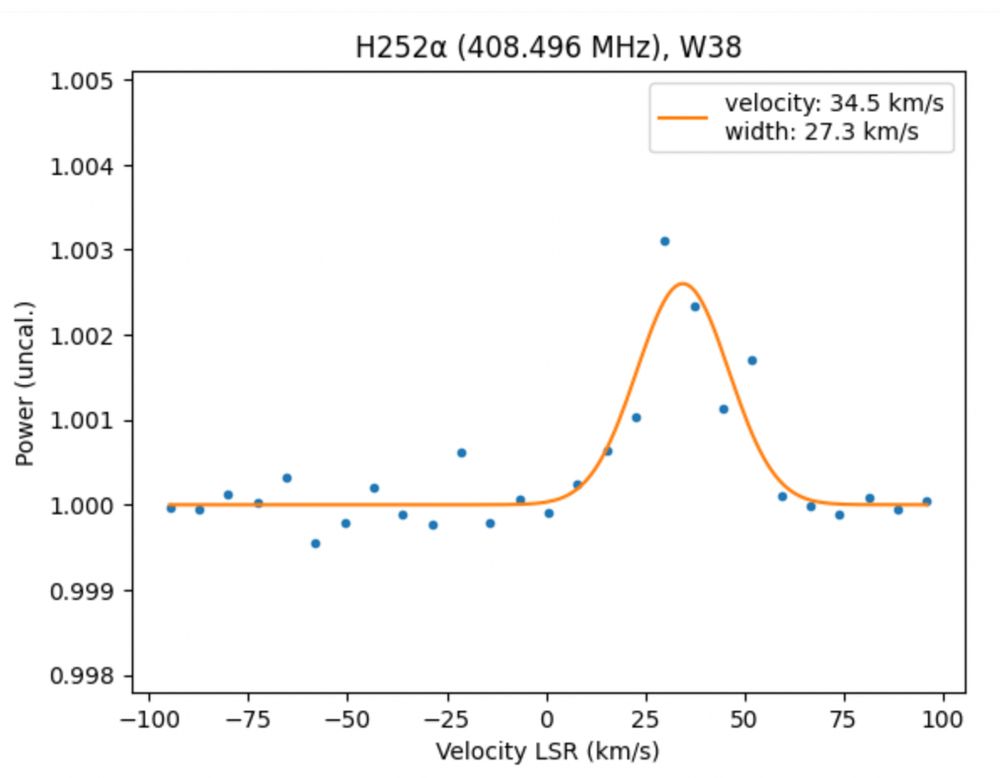
At even higher excitation levels (n=252) we can measure the radio emission in the UHF band (408 MHz).
25.05.2025 14:10 — 👍 5 🔁 0 💬 0 📌 0
These lines are weak and take a long integration time (30 minutes+) to become visible. For comparison, this is the H167⍺ RRL at M17 at the same scale as the neutral Hydrogen (HI) profile at M17.
25.05.2025 14:10 — 👍 3 🔁 0 💬 1 📌 0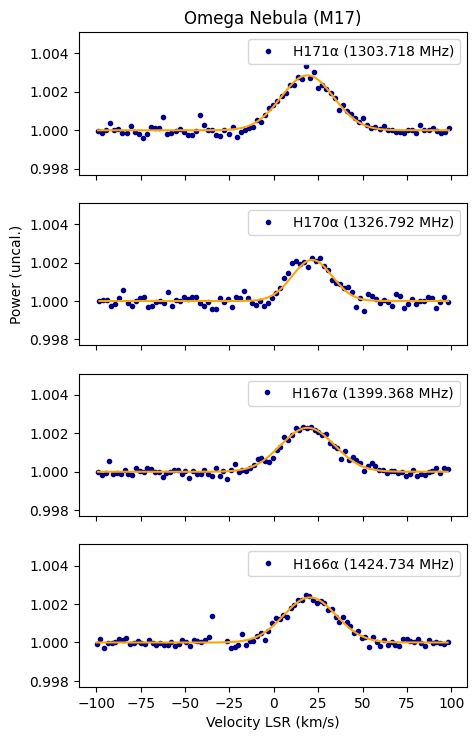
They are essentially the radio counterparts of the Balmer series of lines (n=2), which are visible light lines. In L-band we can detect 4 of these lines, from different energy levels.
25.05.2025 14:10 — 👍 3 🔁 0 💬 1 📌 0These are spectral lines in the radio spectrum that arise from the transitions of electrons between high energy levels in atoms (n>90), when electrons recombine with ions in ionized gas regions, like HII regions.
25.05.2025 14:09 — 👍 3 🔁 0 💬 1 📌 0
H116⍺ RRL as measured in Dwingeloo.
Measuring Radio Recombination Lines (RRL) with the Dwingeloo telescope (@radiotelescoop.bsky.social), in the Omega Nebula (M17/W38).
25.05.2025 14:08 — 👍 6 🔁 3 💬 1 📌 1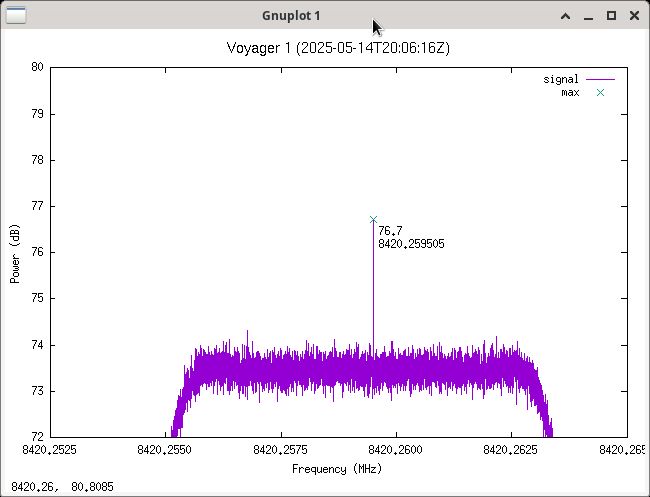
Voyager carrier as received in Dwingeloo.
And the carrier still being received by the historic @radiotelescoop.bsky.social last week Wednesday!
18.05.2025 18:07 — 👍 2 🔁 0 💬 0 📌 0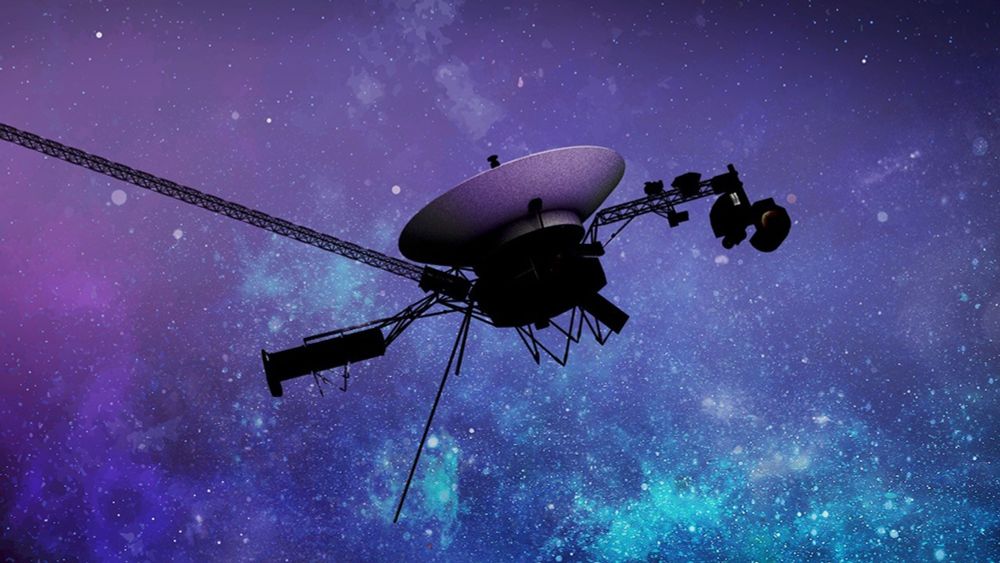
Imagine starting a car that hadn't run in 21 years, that's 15 billion miles away in interstellar space. That's what the NASA team just did with Voyager's thrusters. People are amazing. jpl.nasa.gov/news/nasas-v...
17.05.2025 12:59 — 👍 9453 🔁 1748 💬 327 📌 165
Voyager 1 carrier as received in Dwingeloo.
So impressive. And we can still receive the Voyager 1 carrier with the historic 25 meter dish in Dwingeloo @radiotelescoop.bsky.social, as we demonstrated last week Wednesday.
18.05.2025 10:59 — 👍 17 🔁 1 💬 0 📌 0On the occasion of the @unesco.org International Day of Light, we created a 'light painting' using the Dwingeloo Telescope by mounting a light bulb at the focus for half an hour. #lightday2025 @idlofficial.bsky.social
16.05.2025 06:55 — 👍 64 🔁 25 💬 2 📌 5
Voyager carrier received at Dwingeloo.
Just listening to the Voyager 1 signal on a Wednesday evening. More than 23 light hours away (25 billion km). Of course with the historic @radiotelescoop.bsky.social!
15.05.2025 05:52 — 👍 54 🔁 10 💬 1 📌 1
A bit late, but here is some additional analysis of the Earth-Venus-Earth radar experiments with @radiotelescoop.bsky.social from March 22nd, 2025. It takes the 4 recordings at the Dwingeloo and Stockert telescopes and searches in Doppler frequency and Doppler rates for the radar reflections.
10.04.2025 19:26 — 👍 15 🔁 5 💬 2 📌 0Just catching up on this excellent #RadioAstronomy work by ProAm group using the Dwingeloo Telescope. 🔭📡
They managed to fire a signal at Venus, and catch the reflection back on two antennas here on Earth!
There is *lots* of nice working coming from this group! 👏👏👏
Blog + link to script below

Grafiek waarin te zien is hoe de radioruis van de zon afneemt tijdens een gedeeltelijke zonsverduistering.
We hebben vandaag de gedeeltelijke #zonsverduistering ook met de radiotelescoop waargenomen. De periode dat de radioruis van de zon afnam doordat de maan ervoor zat, was iets langer dan de optische eclips. Dat komt doordat de radiogolven van de zon ook uit de corona rondom de zon komen.
29.03.2025 15:56 — 👍 46 🔁 4 💬 1 📌 2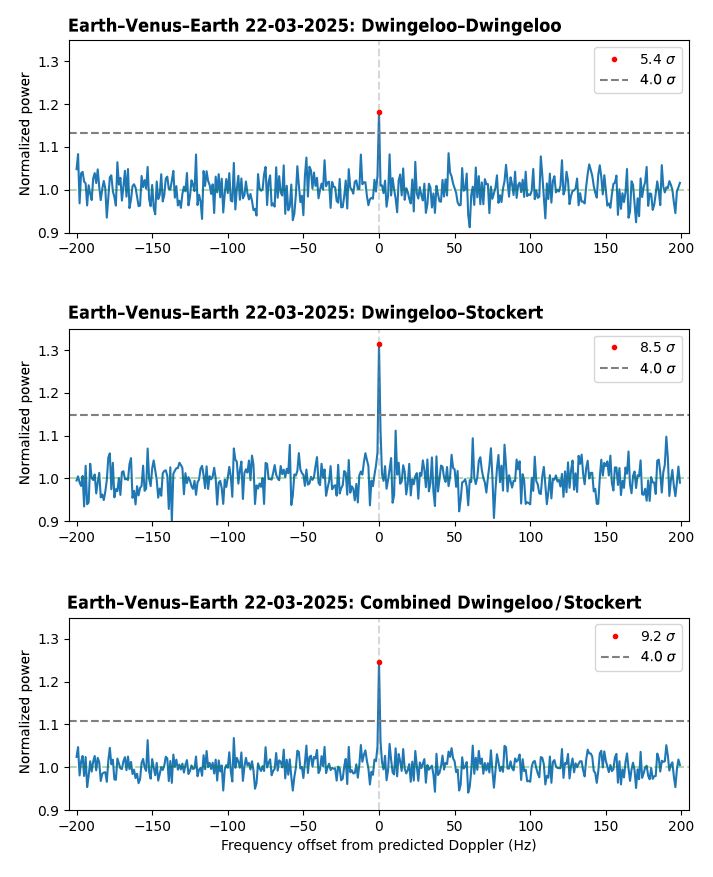
Graphs showing EVE detections: 5.4 sigma for Dwingeloo-Dwingeloo, 8.5 sigma for Dwingeloo-Stockert, 9.2 sigma for combined Dwingeloo/Stockert
We used the historic Dwingeloo telescope to bounce a signal off the surface of Venus, and receive its echo! This marks only the second time that amateurs have achieved an 'EVE' (Earth-Venus-Earth) bounce. Venus was about 40 million kilometers from Earth.
www.camras.nl/en/blog/2025...
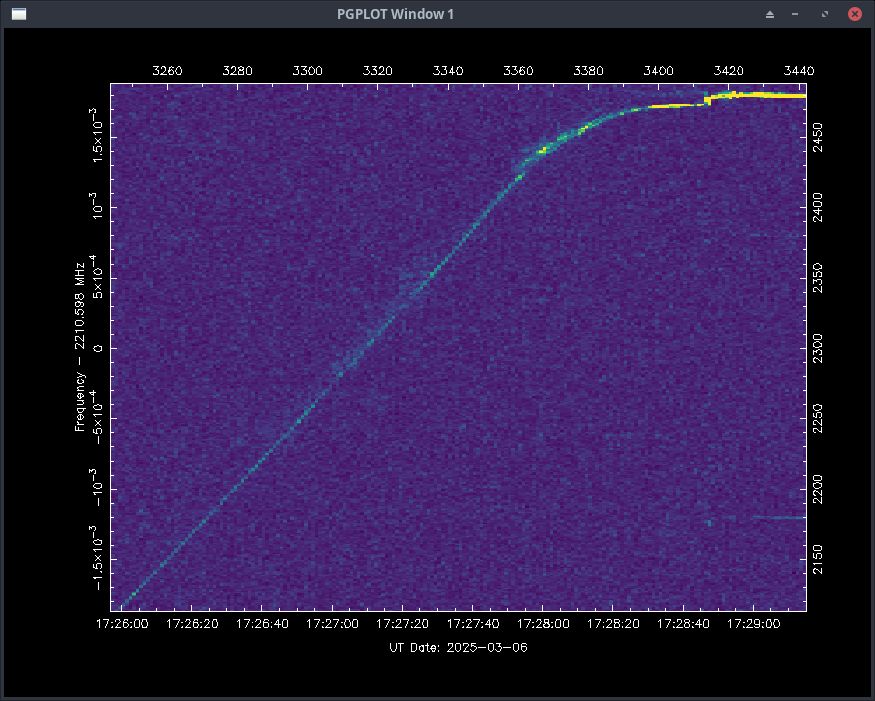
Zooming in on the final minutes of the descent burn, we can see the braking burn transitioning into a hover around 17:28UTC and then a slower descent. At 17:28:45UTC there's a jump in frequency and then a slower leveling off to the Doppler frequency of the Moon. Congratulations on the landing!
06.03.2025 21:01 — 👍 8 🔁 1 💬 1 📌 1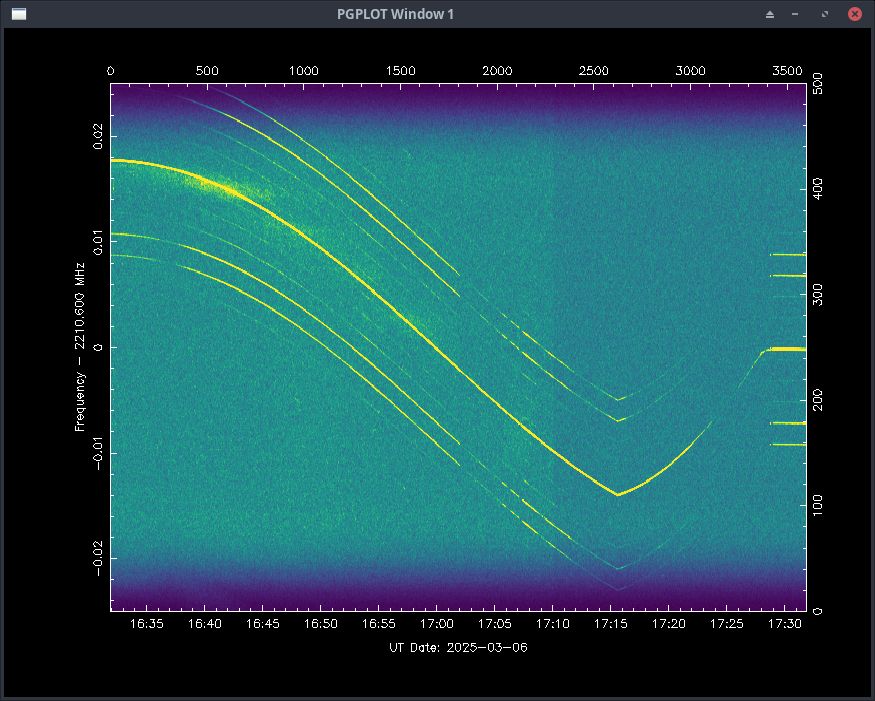
For the second time this week, the @radiotelescoop.bsky.social had a front row seat on a lunar landing attempt. This time by @intuitivemachines.bsky.social #IM-2 lunar lander. We listed to Doppler effect on the S-band signals at 2210.6MHz during its successful descent to the lunar surface.
06.03.2025 21:01 — 👍 11 🔁 3 💬 1 📌 0
Delay-Doppler plot of Zadoff-Church sequence bounced off the moon.
Yesterday bouncing Zadoff-Chu sequences off the moon!
05.03.2025 13:59 — 👍 2 🔁 0 💬 1 📌 0
With the #BGM-1 lander from @firefly-aerospace.bsky.social now safely on the surface of the Moon, we've had some time to take a closer look at the @radiotelescoop.bsky.social's observation of the #BGM-1 signal during the landing, which shows several events during the landing sequence.
02.03.2025 13:38 — 👍 38 🔁 14 💬 2 📌 1With @radiotelescoop.bsky.social we've observed the failed landings of Beresheet and Chandrayaan-2 in 2019 and the partially successful landings of SLIM and IM-1 last year. This is the first landing that appears to have gone by the book. Thanks to Tammo Jan Dijkema and @telkamp.eu for helping today.
02.03.2025 13:38 — 👍 10 🔁 3 💬 1 📌 0 07.02.2025 16:35 — 👍 1 🔁 0 💬 0 📌 0
07.02.2025 16:35 — 👍 1 🔁 0 💬 0 📌 0
The Spanish cubesat Uresat has finally deployed its antennas. Until it had, we were almost the only station that could receive it. We confirm that after antenna deployment, the signal is much stronger. Here's an FM snippet from yesterday's @satnogs.bsky.social pass: "EA1YO greeting from AO4URE".
01.02.2025 19:30 — 👍 11 🔁 6 💬 0 📌 0
Hakuto-R M2 Doppler curves.
Same data, but now with a predicted Doppler profile based on the (outdated?) TLE and an uplink lock on the ESA Santa Maria ground station in the Azores. Matches quite well.
18.01.2025 22:02 — 👍 2 🔁 0 💬 0 📌 0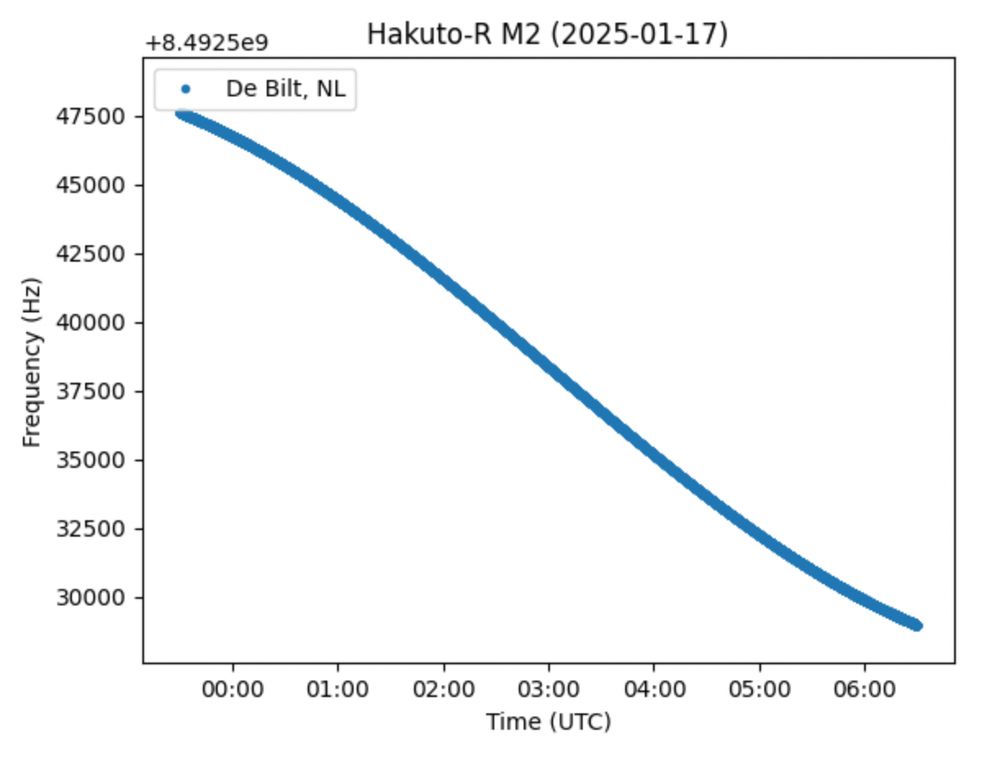
Hakuto-R M2 Doppler graph
Hakuto-R M2 Doppler measured over 7 hours last night from NL.
17.01.2025 10:49 — 👍 9 🔁 1 💬 2 📌 0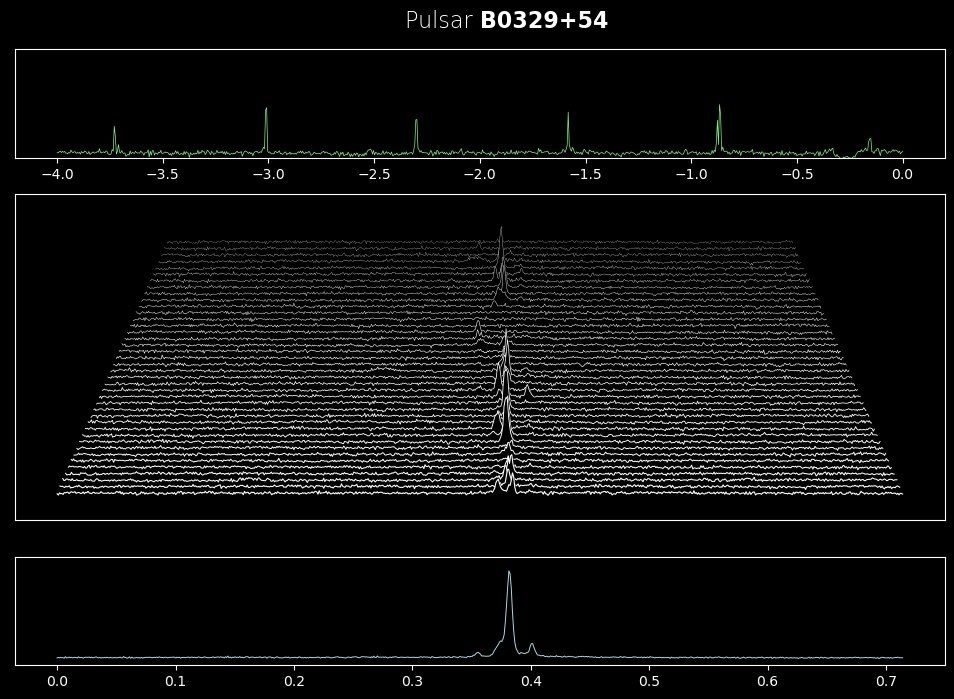
Pulsar B0329+54 live view in the Dwingeloo Radio Telescope.
Live te zien in de @radiotelescoop.bsky.social !
09.01.2025 12:15 — 👍 3 🔁 0 💬 0 📌 0Note that the galactic latitude and longitude in Fig. 3 above is using the 'old' galactic coordinates system, with Sagittarius A (the center of the Milky Way) at 327 deg. lon. This got updated in 1958, and in the NASA picture you see Sgr. A at 0 degrees. Ref: ui.adsabs.harvard.edu/abs/1960MNRA...
04.01.2025 15:43 — 👍 0 🔁 0 💬 0 📌 0Orignal paper: ui.adsabs.harvard.edu/abs/1957CRAS...
04.01.2025 15:31 — 👍 0 🔁 0 💬 1 📌 0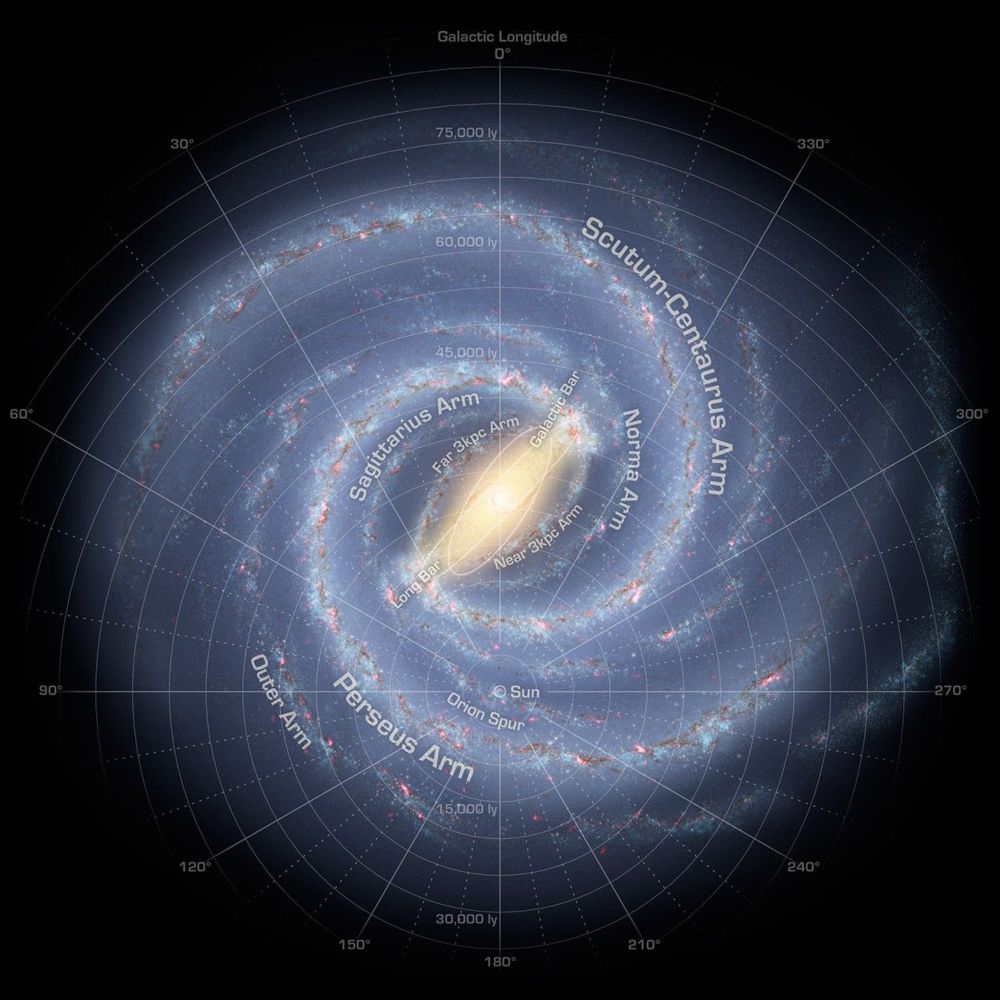
See science.nasa.gov/resource/the..., this is the 'Near 3kpc Arm'.
04.01.2025 15:30 — 👍 0 🔁 0 💬 1 📌 0